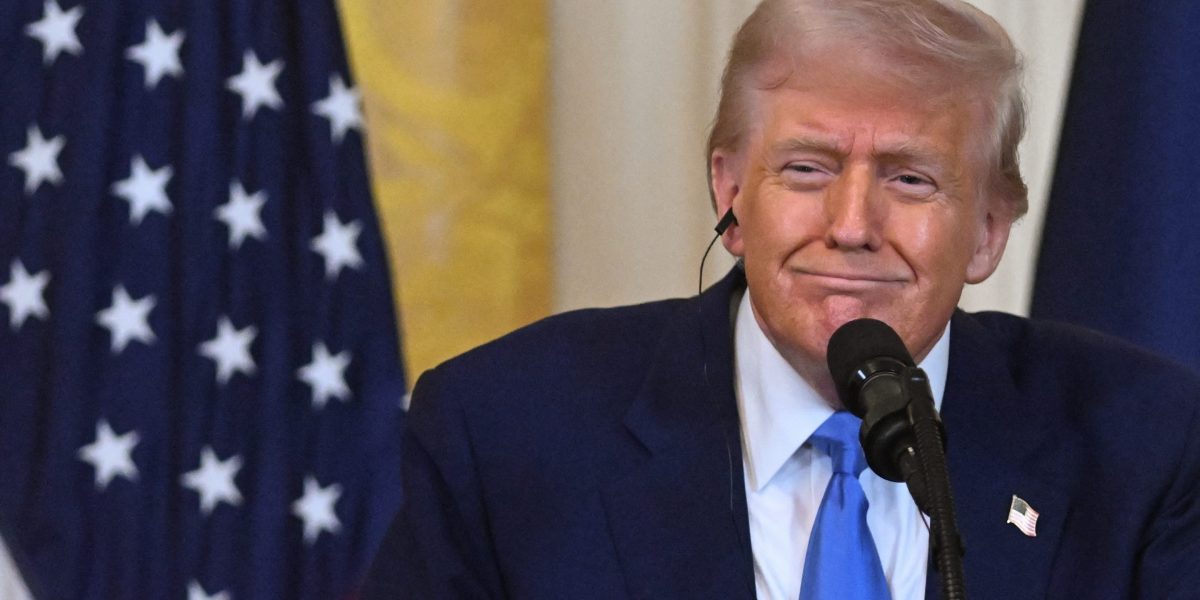Wall Street Trembles: Trump's Investment Crackdown Targets Chinese Firms in Unprecedented U.S. Delisting Showdown

In a bold move signaling escalating technological tensions, the Trump administration rolled out its groundbreaking "America First Investment Policy" on Friday. This comprehensive strategy aims to strategically limit China's technological expansion and protect U.S. economic interests in the rapidly evolving global tech landscape.
The newly unveiled policy represents a significant escalation in the ongoing economic and technological rivalry between the United States and China. By introducing targeted measures designed to constrain Chinese tech sector growth, the administration is sending a clear message about its commitment to maintaining American technological supremacy.
The policy package is expected to introduce a series of strategic restrictions that could potentially disrupt Chinese tech companies' international investment and expansion capabilities. These measures reflect the administration's growing concerns about technological competition and national security implications in the digital age.
While specific details of the policy were not immediately disclosed, experts anticipate it will include investment screening, export controls, and potential limitations on Chinese tech firms' access to U.S. markets and capital resources.
This latest initiative underscores the Trump administration's increasingly assertive stance toward China's technological ambitions and represents another significant chapter in the complex geopolitical technology competition between the world's two largest economies.

